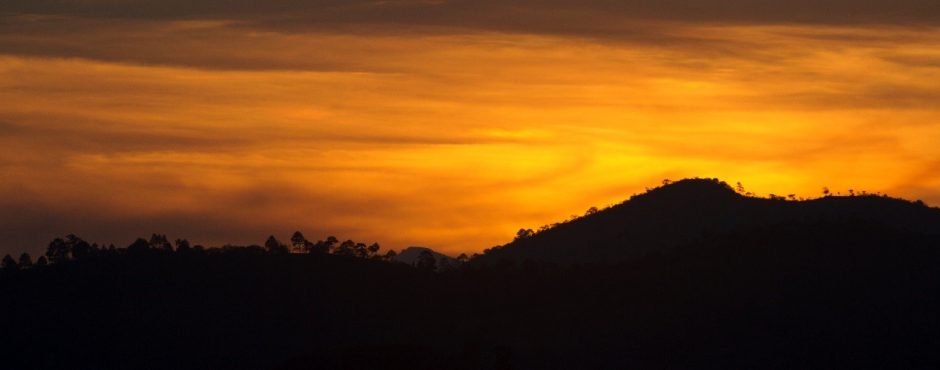
One Key Trick for Photographing Sunsets
We’ve all been there, an amazing sunset in front of us, with light changing by the second…morphing and getting better and better. We’re trying to capture the stunning radiance in our cameras, be it point and shoot, DSLR, or mirrorless, and it’s just not quite coming out as we want it. Usually, the sky is way too bright, thus lessening the brilliance of the colors and textures of the sunset itself.
Read on for one key trick to capture those stunning colors, textures, and overall splendor of a sunset.
When the above happens, and the sky is just too bright, and the sunset looks “washed out”, it’s because your camera is trying to brighten the foreground. That’s fine, but it’s at the expense of the background/sunset. When the foreground is not naturally bright, it’s actually quite dark from a digital standpoint. We can see colors and textures of it, because our eyes have an incredible dynamic range, but the camera cannot. Thus, you generally can’t have your cake and eat it too. Either you’re going to get the foreground well-lit and the sunset overexposed and too bright, or you’re going to get the foreground silhouetted and dark, with the sunset just the right amount of color and light. I nearly always prefer the latter.
In order to get the right amount of light in the sunset, you will need to expose for the sunset itself. You can do so in one of two ways. The simplest way, by far, is to focus on the clouds surrounding the sunset. Generally I recommend picking the area of the sunset that is most amazing to you. Perhaps it’s a little swirl in the clouds, or a particularly amazing transition of color. Then, by focusing on this, the camera will actually meter for this light, too. Meter is basically a fancy way of saying that the camera will balance all other light based on making sure that area of light is perfect. Also keep in mind that cameras use contrast to focus. Thus, the transition of a light patch of sun with a darker cloud will allow your camera to focus very quickly.
The other way (not available on all cameras) is to set what’s known as an “exposure lock”. Sometimes it’s denoted by an “EL” or “AE” button, or perhaps a little asterisk. This allows you to lock in the exposure in the camera’s focusing area, without focusing. This allows you to then focus on whatever you choose, but retain the exposure of something else (usually it “locks” for about 15 seconds). This is particularly helpful when the foreground is nicely lit and you can both get a nice foreground element in focus, with the background of a sunset. To figure out if and how your camera can do this, it’s best to check with your camera’s manual…search for “Exposure Lock” or similar wording.
Next time you’re out witnessing a glorious sunset (or sunrise!!) try out this technique and see if you like the results.
Go forward and give it a shot,
Court


Leave a reply